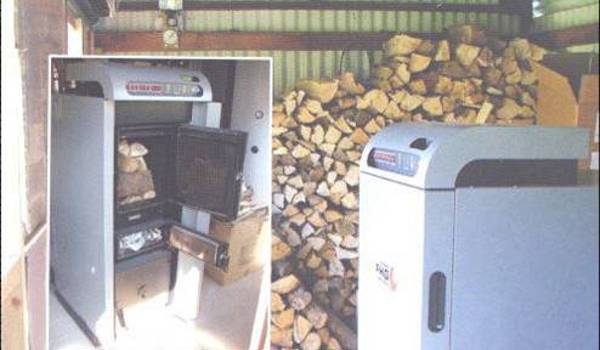Biomass Boilers
How does a biomass boiler work?
How does a biomass boiler work?
Biomass boilers burn natural grown materials to heat your home and provide hot water.
In Scotland, a typical biomass boiler burns woodfuel to generate heat. It works in much the same way as a gas or oil boiler.
The key difference is the carbon footprint. In theory, a biomass boiler is greener, with the lifecycle of woodfuel thought to be carbon neutral. This is because the carbon released from the wood was absorbed from the atmosphere while the trees were growing, rather than being exhumed from deep in the earth in the way a fossil fuel is. How true this is in practice depends on several, complex details.
The Energy Saving Trust has more on what you need to know about biomass.
Woodfuel
Woodfuel comes in log, chip, or pellet form. Pellets are by far the most common fuel for homeowners.
Fuel should be your key consideration if you’re thinking about investing in a biomass boiler. How will your fuel be delivered? How will it be stored? And how much will it cost?
Pellets are generally delivered in 10kg or 20kg bags, or in bulk by a tanker. For pellets in bulk, you'll need a purpose-built hopper or converted outbuilding to store them. Buying in bulk can make things easier for you day-to-day. This is because the hopper can auto-feed pellets to the boiler. For this option, your property and the location of the hopper will need access for a tanker.
If you’re opting for bagged pellets, think about manual handling. Will you or your household be able to move around 10kg to 20kg bags for the foreseeable future?
Look into local fuel suppliers before committing to an installation. The government’s biomass suppliers list can help identify which companies may service your area.
- Next
-
Biomass boilers and traditional buildings



